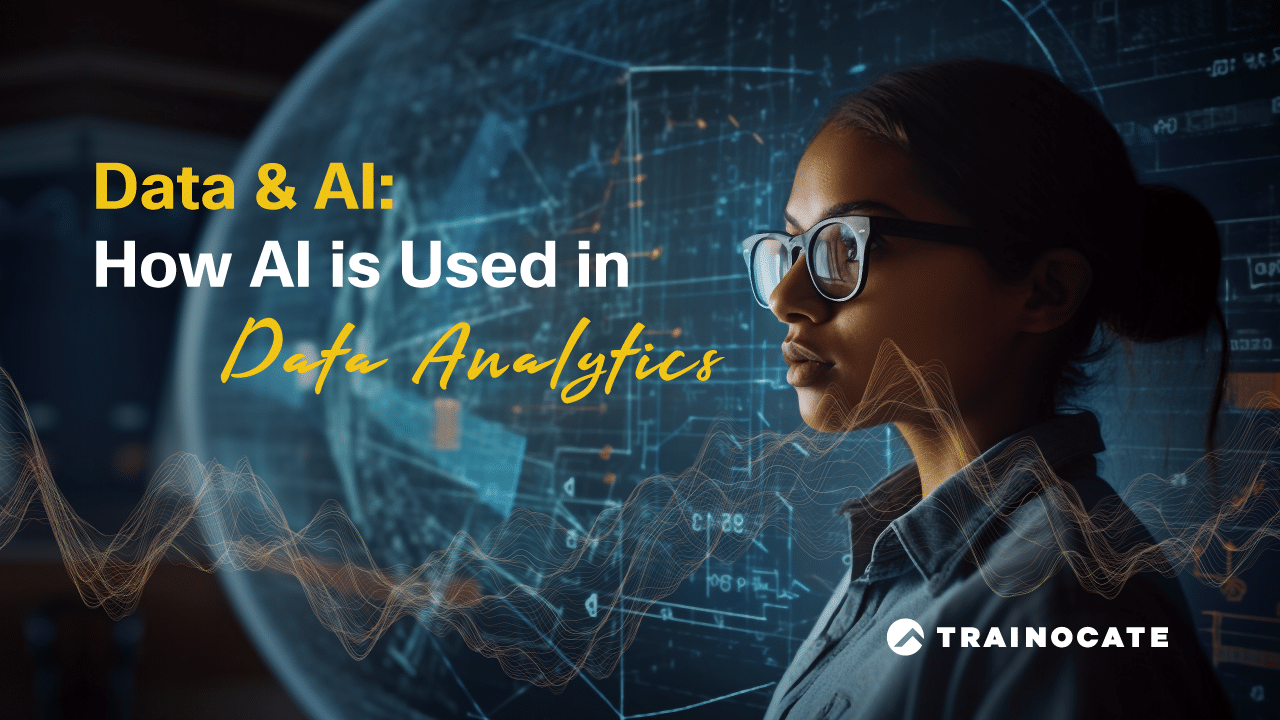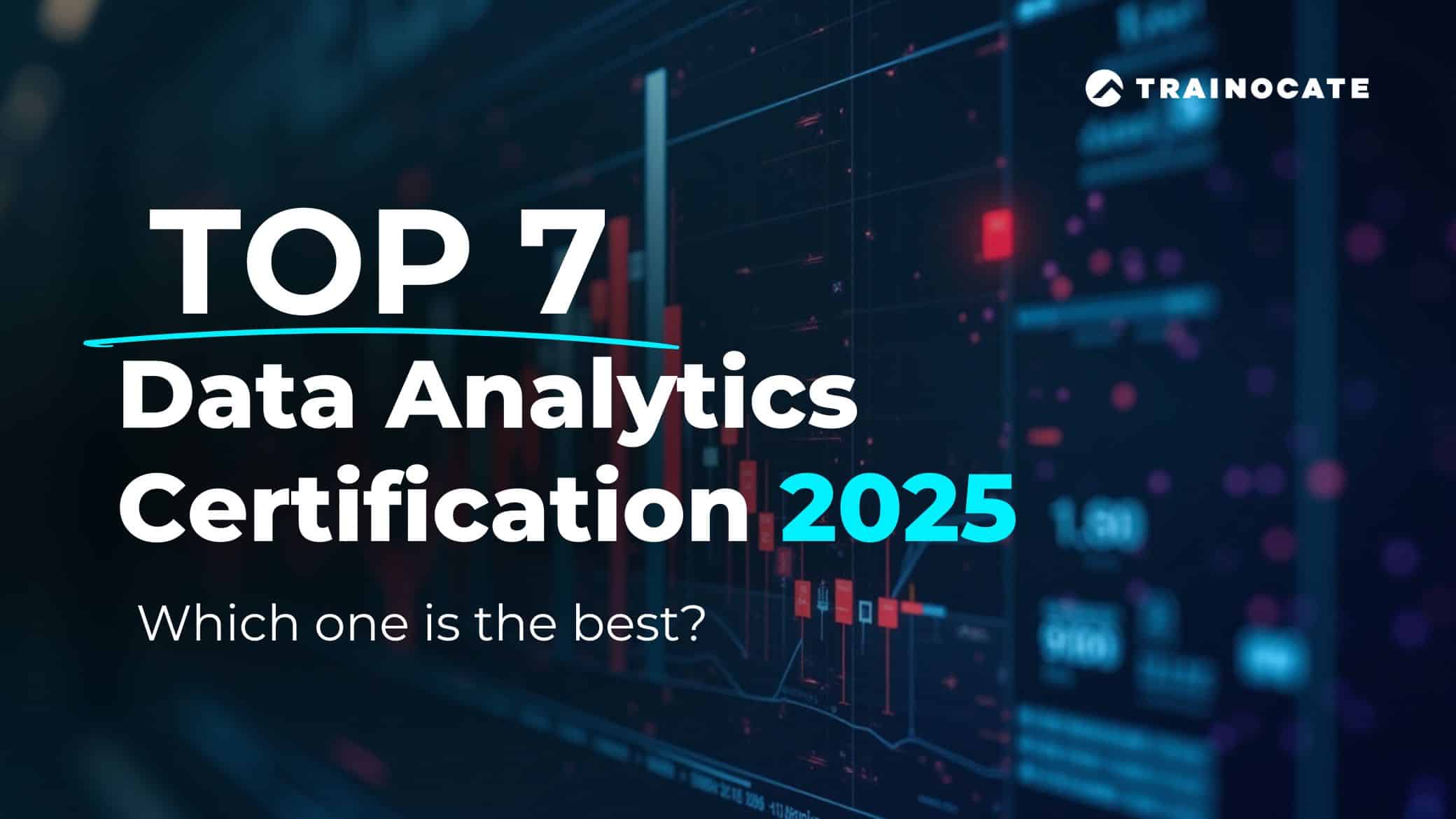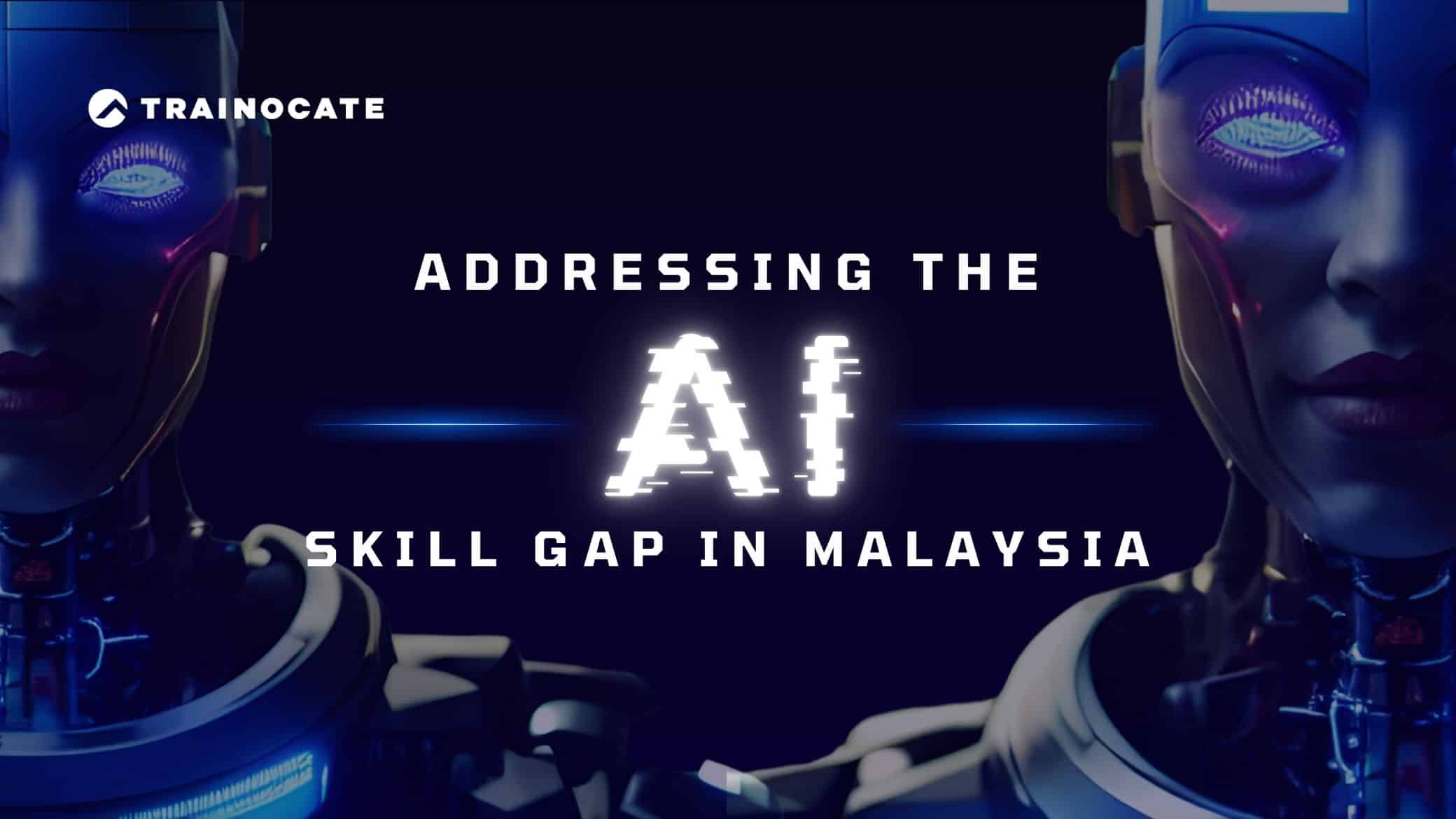Data and AI: How AI is Used in Data Analytics
Data and AI: How AI is Used in Data Analytics

Data Analytics and AI in 2024
In the age of digital transformation, data is the new gold. It’s not just about gathering data, but about making sense out of it. Here’s where Artificial Intelligence (AI) steps in, revolutionizing the field of data analysis and turning raw data into valuable insights that drive strategic decision-making. But how is AI used in data analysis? Let’s dive in and explore.
AI in Data Analysis: An Overview
The significance of AI in data analysis is expanding relentlessly. Fueled by its ability to handle large volumes of data and contribute significantly to the global GDP, AI is proving its economic significance. In fact, it’s estimated that by 2030, data and AI will contribute a whopping $13 trillion to the global GDP. This clearly indicates that the businesses that adopt a data-driven culture are the ones that will experience a fourfold improvement in revenue performance and enhanced customer satisfaction.
Specific industry or business needs can tailor AI tools for data analysis. This is achieved by training them on industry-specific data and adapting the analysis to unique requirements. But what’s the accuracy of AI-driven insights? Well, it depends on the quality of data, the complexity of analysis, and the suitability of machine learning algorithms. AI offers significant benefits such as automating time-consuming tasks and reducing human error, thereby enhancing the accuracy of insights.
>> AI Techniques Applied to Data Analysis
Discussing AI in data analysis essentially involves various techniques like machine learning, natural language processing, and computer vision. These techniques have revolutionized the way data scientists analyze data, delivering valuable insights that were previously difficult to extract.
For instance, machine learning, a critical technique, employs algorithms to learn from data, making predictions or decisions without explicit programming. Frameworks like PyTorch provide a platform for building deep learning models, showcasing the application of AI in tools for data analysis.
Another significant technique is Natural Language Processing (NLP), a component of artificial intelligence designed to enable computers to comprehend and interpret text and speech. It plays a crucial role in data analysis as it can process extensive amounts of textual data, uncover valuable insights, and enhance the decision-making process.
>> The Shift from Traditional to AI-Powered Data Analysis
Data analysis has experienced a notable transition from conventional techniques to AI-powered methods. This transition is marked by a shift from:
- Manual data processing to utilizing AI for real-time insights and predictive capabilities.
- Traditional analytics required manual manipulation of data by human analysts to identify patterns.
- AI analytics automates much of this process, enabling the rapid processing of large volumes of data, identification of intricate patterns, and provision of predictive insights through exploratory data analysis.
One of the major benefits of AI analytics over traditional analytics is its capability to process large data sets at high speeds, making it suitable for real-time or near real-time analysis. Additionally, AI can handle both structured and unstructured data, allowing for a more comprehensive analysis to identify trends.
Enterprises such as Walmart and Amazon leverage AI data analysis tools. Walmart focuses on enhancing shopping experiences and inventory management, while Amazon improves product recommendations, fraud detection, and customer service.
The Microsoft Intelligent Data Platform fits seamlessly into this era of advanced data analysis. Serving as a cloud-based solution, it efficiently manages data estates, freeing businesses from the complexities of data integration. By prioritizing outcomes, this platform enables adaptability, integrates intelligence into applications, predicts insights, and ensures robust data governance across multiple locations. Its emphasis on agility and efficiency resonates strongly in today’s ever-evolving business landscape.

>> Predictive Analytics and Forecasting
One notable application of AI in data analysis is predictive analytics. It involves utilizing historical data patterns to make precise predictions about future events. AI can enhance predictive analytics by optimizing decision-making through rapid processing of massive datasets, providing valuable foresight, and enabling proactive decision-making.
Instances of predictive analytics in business operations encompass forecasting inventory based on historical stock levels and establishing sales targets based on past sales and seasonal patterns. For instance, a retail outlet can use AI to predict the demand for a particular product based on patterns of past sales, customer behavior, and external factors like weather or holidays. This allows for more accurate inventory management and reduces the risk of overstocking or understocking.

>> Anomaly Detection and Fraud Prevention
By utilizing its capacity to real-time analyze large datasets and spot abnormal patterns, AI can significantly bolster anomaly detection and fraud prevention. AI techniques for anomaly detection and fraud prevention encompass:
- Analyzing transaction history and user behavior
- Training AI algorithms within transactional monitoring systems
- Employing diverse anomaly detection techniques
- Harnessing machine learning for proactive fraud detection.
AI surpasses traditional fraud detection methods in terms of both accuracy and speed. AI algorithms have the capacity to analyze extensive data, recognize patterns, and detect anomalies in real-time, reducing false alarms and increasing the precision of fraudulent transaction detection.
Companies like LinkedIn, DigitalOcean, and Hacker Noon have successfully utilized AI for anomaly detection and fraud prevention, demonstrating the effectiveness of AI in identifying and addressing fraudulent activities.
Enhancing Data Analysis Processes with AI
Different stages of the data analysis process can significantly benefit from the potential of AI. It provides tools such as KNIME, which enable the design, training, and application of machine learning models, simplifying and automating these tasks within the data analysis process.
AI can also be integrated into data visualization tools, like Microsoft Power BI, to handle and enhance text data, encompassing sentiment analysis, key phrase extraction, and language detection, thereby enhancing the depth and insightfulness of analysis.
>> Automating Data Collection and Cleaning
An essential component of the data analysis process is data cleaning. It involves the identification and rectification of errors, inconsistencies, and inaccuracies in data. AI has the capability to effectively gather and refine data, thereby ensuring the provision of high-quality input for analysis. Tasks that can be automated through the use of AI in the data cleaning process include:
- Detecting outliers
- Managing empty values
- Standardizing data
- Removing duplicates
- Correcting spelling errors
- Handling missing data
By utilizing AI in the data cleaning process, you can save time and improve the accuracy of your analysis.
Techniques and algorithms commonly utilized by AI for data cleaning include:
- Duplicate removal
- Missing value imputation
- Outlier detection
- Standardization
- Data validation
- Data transformation
- Text cleaning
- Data deduplication
For instance, an AI algorithm could quickly scan a large dataset and identify and remove duplicate entries, saving a data analyst hours of manual work.
>> Streamlining Data Visualization and Reporting
A vital element in data analysis is data visualization. AI-powered tools play a significant role in the creation of interactive visualizations and reports, facilitating better comprehension and communication of insights. AI-powered tools like ChatGPT and Luzmo’s AI-powered dashboard builder are known for automating data visualization tasks.
One particular AI-powered capability designed to assist in interactive data queries is Ask Data in Tableau. This feature enables users to ask queries using natural language and obtain rapid, visual responses, streamlining the process of interacting with data.
Data visualization is essential in data analysis because it effectively communicates insights and findings through visual representations such as charts, graphs, and dashboards, facilitating improved decision-making.
>> Boosting Analytical Capabilities with Machine Learning Models
Training machine learning models to discern patterns, trends, and correlations in data allows AI to notably boost analytical capabilities in data analysis. Training AI models with labeled or historical data enables these models to learn from examples and enhance their precision in making predictions or recognizing patterns in new datasets.
Iterating on the training process of AI models is crucial for refining their performance. This enables adjustments and improvements based on feedback and outcomes, enhancing the model’s predictive capabilities over time. Frequently employed machine learning models in data analysis encompass:
- Decision Trees
- Random Forest
- Logistic Regression
- Support Vector Machines (SVM)
- Naive Bayes
- K-Nearest Neighbors (KNN)
- Neural Networks
- Gradient Boosting.
These models utilize various techniques like data exploration, visualization, and algorithms to analyze data, identify patterns, detect outliers, and discover clusters and changes, revealing correlations and trends that may not be readily apparent without such comprehensive analysis.
Preparing for the AI-Driven Data Analysis Future
Professionals must acquire pertinent certifications and skills to maintain competitiveness in this rapidly progressing field of AI-driven data analysis. The Data and AI courses by Microsoft available on Trainocate’s website features a comprehensive and industry-relevant curriculum, designed for data analysts. This equips learners with the essential knowledge and skills required to effectively utilize AI in data analysis.
Recommended Microsoft Data and AI Courses

Learn data engineering practices, including batch and real-time analytics on Azure. Dive into compute and storage tech, design analytical layers, handle source files, and transform data using Azure Synapse Analytics, Databricks, and Data Factory.
Gain insights on system performance, security implementation, and creating dashboards and predictive models in Azure Synapse Analytics.
| Course Code | Course Title | Training Duration | Training Mode |
|---|---|---|---|
| DP-203T00 | Data Engineering on Microsoft Azure | 4 Days | Instructor-Led (Available in Virtual or Physical Sessions) |

Master Azure Machine Learning to scale machine learning solutions in the cloud.
This course hones your Python and machine learning skills to handle data ingestion, model training, deployment, and solution monitoring on Microsoft Azure.
| Course Code | Course Title | Training Duration | Training Mode |
|---|---|---|---|
| DP-100T01 | Designing and Implementing a Data Science Solution on Azure | 4 Days | Instructor-Led (Available in Virtual or Physical Sessions) |

Become a Microsoft Certified: Azure Database Administrator Associate. Master the transformation from on-premises to cloud databases using Azure with this course.
Gain skills to administer SQL Server databases across cloud, on-premises, and hybrid environments, and work with Microsoft’s PaaS relational database offerings.
| Course Code | Course Title | Training Duration | Training Mode |
|---|---|---|---|
| DP-300T00 | Administering Relational Databases on Microsoft Azure | 4 Days | Instructor-Led (Available in Virtual or Physical Sessions) |

Elevate your skills with Azure Cosmos DB and earn your Azure Cosmos DB Developer Specialty certification with this course.
Learn to build cloud-native applications using SQL API and SDK for Azure Cosmos DB. Develop efficient queries, manage resources, and execute operations with hands-on training.
| Course Code | Course Title | Training Duration | Training Mode |
|---|---|---|---|
| DP-420T00 | Designing and Implementing Cloud-Native Applications Using Microsoft Azure Cosmos DB | 4 Days | Instructor-Led (Available in Virtual or Physical Sessions) |

Learn advanced data analytics methods and practices in our Azure Enterprise Data Analyst course.
Gain skills in managing analytics environments, transforming data, implementing data models, and visualizing insights using Microsoft Purview, Azure Synapse Analytics, and Power BI.
| Course Code | Course Title | Training Duration | Training Mode |
|---|---|---|---|
| DP-500T00 | Designing and Implementing Enterprise-Scale Analytics Solutions Using Microsoft Azure and Microsoft Power BI | 4 Days | Instructor-Led (Available in Virtual or Physical Sessions) |
AI-Focused Track by Microsoft and Trainocate
Being honoured as the 2023 Microsoft Malaysia Learning Partner of the Year, we’re geared up to deliver an array of Microsoft AI courses, paving the way for a data-driven future. Look further for more AI campaigns that you can join!

Azure AI Certifications
Dive into our Azure AI campaign, an immersive Azure learning experience. Whether it’s mastering Microsoft Azure AI Fundamentals, Implementing Microsoft Azure AI Solutions, or exploring Generative AI, we’ve got your back.
To explore Azure certifications in-depth, head to our blog:
→ Azure Certification Path 2024: Navigating Azure Certifications
Microsoft AI Mastery Program
Kickstart your AI journey in 2024 with Microsoft through our AI Mastery Program! Access 10+ Microsoft AI Certification Courses, gaining a comprehensive understanding of AI and an insight into AI-compatible infrastructure.
This initiative spans across 6 countries: Malaysia, Singapore, Thailand, Indonesia, Vietnam, and the Philippines.
Uncover more about this initiative in our blog:
→ AI Mastery Program: Unleashing AI Potential with Microsoft in 2024
Summary
In conclusion, AI is revolutionizing the field of data analysis. From automating data collection and cleaning to enhancing predictive analytics and anomaly detection, AI is reshaping the way we work with data. It’s clear that the future of data analysis is AI-driven, and professionals need to acquire the necessary AI skills and certifications to stay competitive in this rapidly evolving field.








